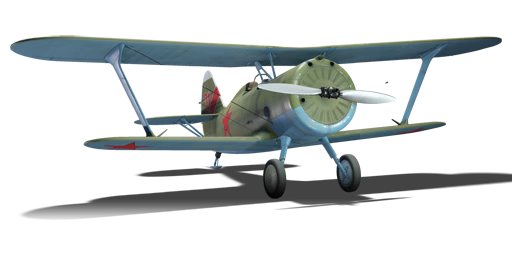

Aviation
Krasnolutsky's I-15bis
I
Rank
AB
1.3
RB
1.0
SB
1.0
Battle rating
USSR
Research country
Fighter
Main role
250

Purchase

Premium vehicle
Status
General information
Flight performance
Max speed
at 4,000 m
380352394367 km/h
Rate of Climb
14.210.718.810.7 m/s
Turn time
10.511.61011.1 s
Max altitude
8,600 m
Takeoff Run
125 m
Landing
flaps
flaps
Take-off
flaps
flaps
Combat
flaps
flaps
Air
brake
brake
Gear
control
control
General characteristics
Crew
1 person
Engine
Length
6.3 m
Wingspan
12.4 m
Wing Loading
76 kg/m²
Weight:
Base weight
1.481.531.451.52 t
Fuel in main tanks
0.23 t (1h 6m)
Limits:
Max Speed Limit (IAS)
580 km/h
Mach Number Limit
0.7 M
G limit
≈ -6/13 G
Offensive armament
4 × 7.62 mm PV-1 machine gun
Ammunition
3,050 rounds
Fire rate
750 shots/min
One-second Burst Mass
0.12 kg
| Belt | Belt filling | Armor penetration (mm) at a distance: | |||||
|---|---|---|---|---|---|---|---|
| 10 m | 100 m | 500 m | 1000 m | 1500 m | 2000 m | ||
| T/Ball/AP-I/AI/AI/AI | 13 | 12 | 7 | 3 | 2 | 0 | |
| T/AP-I/AI/AI/API-T | 13 | 12 | 7 | 3 | 2 | 0 | |
| API-T | 9 | 8 | 6 | 3 | 0 | 0 | |
| AP-I/AP-I/AP-I/AI/AI | 13 | 12 | 7 | 3 | 2 | 0 | |
Suspended armament
Setup 1
2 × 50 kg FAB-50sv (forged) bomb
Setup 2
6 × ROS-82 rockets
Setup 3
6 × RBS-82 rockets
Economy
Repair cost
AB
323 

RB
96 

SB
63 

Crew training
150 

Experts
1,000 

Aces
20 

Research Aces
145,000 

Reward multiplier
AB / RB / SB
 2 x (15 / 25 / 85) %
2 x (15 / 25 / 85) % 
 2 x 75 %
2 x 75 % 
Total cost of modifications
5,040 

505 

Flight performance | |
|---|---|
Survivability |
|---|
Weaponry | |
|---|---|
Rating by players
You must play more than 3 battles for the last week and more than 10 battles in a vehicle to rate it.
Like:
17
Flight performance:
Not enough ratings
Survivability:
Not enough ratings
Aerial combat:
Not enough ratings
Ground attack:
Not enough ratings
Balance:
Not enough ratings
Tips & Tricks
This space is currently empty
Do you know any interesting vehicle features?
Loading...
No articles about this vehicle yet
Become the first author and get rewards!
Write a guide, tell about interesting historical facts, make a tutorial or simply an interesting post.
No more content